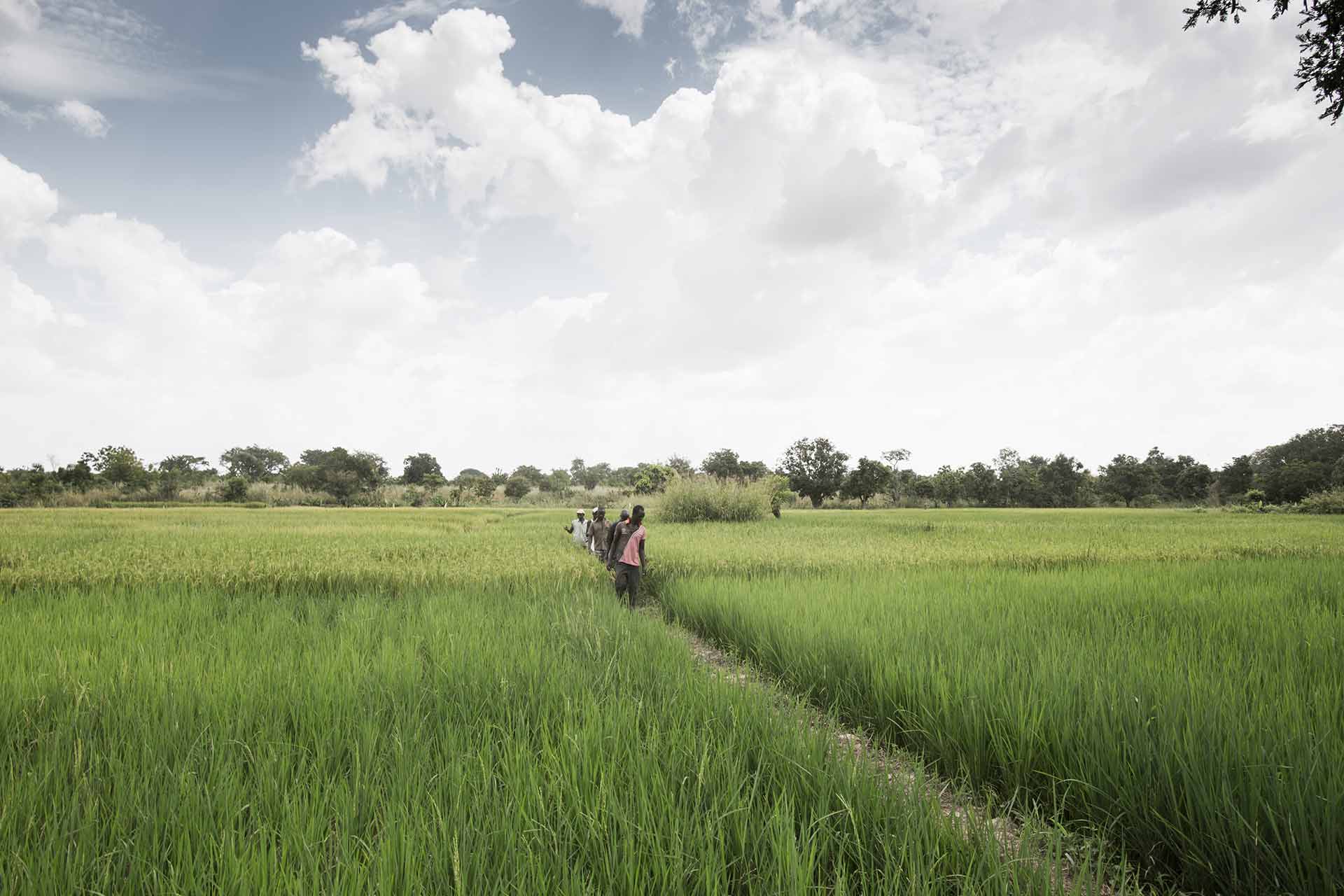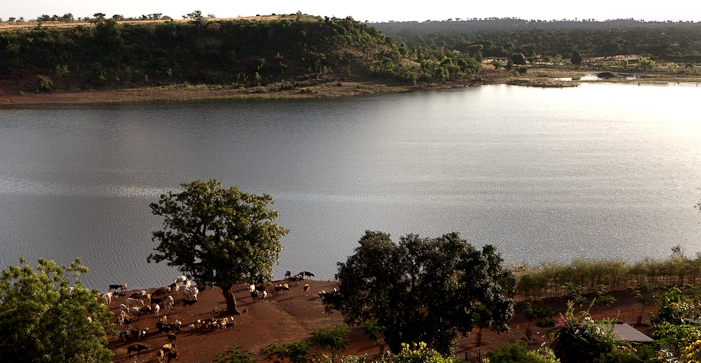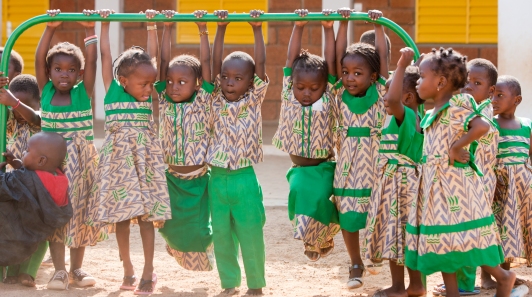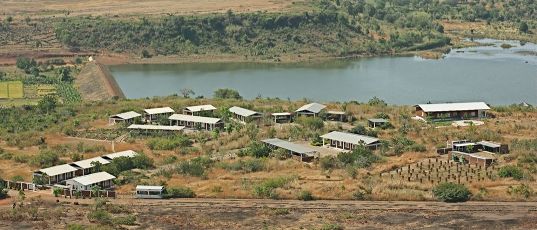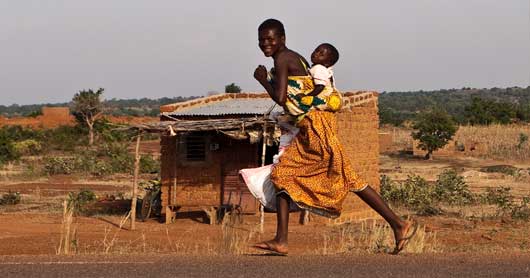
History
Independence
In the 1950s determined independence efforts arose and the demand for national self-determination grew increasingly stronger. As a result, in 1958 Upper Volta initially achieved the status of an autonomous republic in 1958. Independence was finally declared on 5 August 1960. Shortly afterwards, the young state became a member of the United Nations. Maurice Yaméogo became the first president of the sovereign state. Over the following years he governed on the basis of the single party dictatorship of the UDV (Union Démocratique Voltaique). Economic mismanagement and the long-term suppression of oppositional forces led to a coup in 1966. The results were the dissolution of the constitution and a takeover by a military government.
Sangoulé Lamizana, supreme commander of the army, became the new president. The sixteen years of his rule were characterised by constantly changing government forms. Thus in 1971, following the development of a new constitution and a subsequent referendum, the military government was replaced by the Second Republic. Inner-party conflicts led to a renewed military takeover in 1974. Faced with popular dissatisfaction, Lamizana appointed a government of national unity charged with developing a new constitution. Following its adoption through a referendum, Lamizana became president of the Third Republic. However, the newly appointed government was unable to take action due to internal conflicts.
Following a week-long teachers' strike in 1980, a group of soldiers around Saye Zerbo staged a coup. However, the initial approval that the population showed toward the president dropped precipitously. This was due to a series of unpopular measures. Added to this were conflicts within the military that ultimately drove Upper Volta into chaos. In 1982 a new coup occurred, helping a group of young officers under the name Conseil du Salut du Peuple (CSP) into power. They formed two rivalling camps: one of them wanted to return to a constitutional structure while the others wanted to implement a Marxist form of government.
An elite commando unit took advantage of the conflict in the army to launch an attack on Ouagadougou. The Conseil National de la Revolution (CNR) was founded within the framework of this so-called revolution. The result was a leftist form of government under the leadership of Captain Thomas Sankara. Profound changes were implemented: The administration was reorganised, the country was divided into provinces, land was nationalised, vaccination campaigns were conducted, reservoirs were built, wells were drilled, school attendance was increased through a popular development plan, and finally Upper Volta was renamed Burkina Faso (‘Land of the incorruptible/upright’). In October 1987, conflict within the army led to a coup.
A new military regime under the name ‘Front Populaire’ was proclaimed. Under the leader of this movement, the new president Blaise Compaoré, corrections were undertaken in the previous revolutionary course. With the global transformations in the late 1980s and early 1990s, pressure to reform grew against the political class of Burkina Faso. A democratisation phase began. This resulted in a new constitution being developed in 1991 and political parties were once more legalised.
